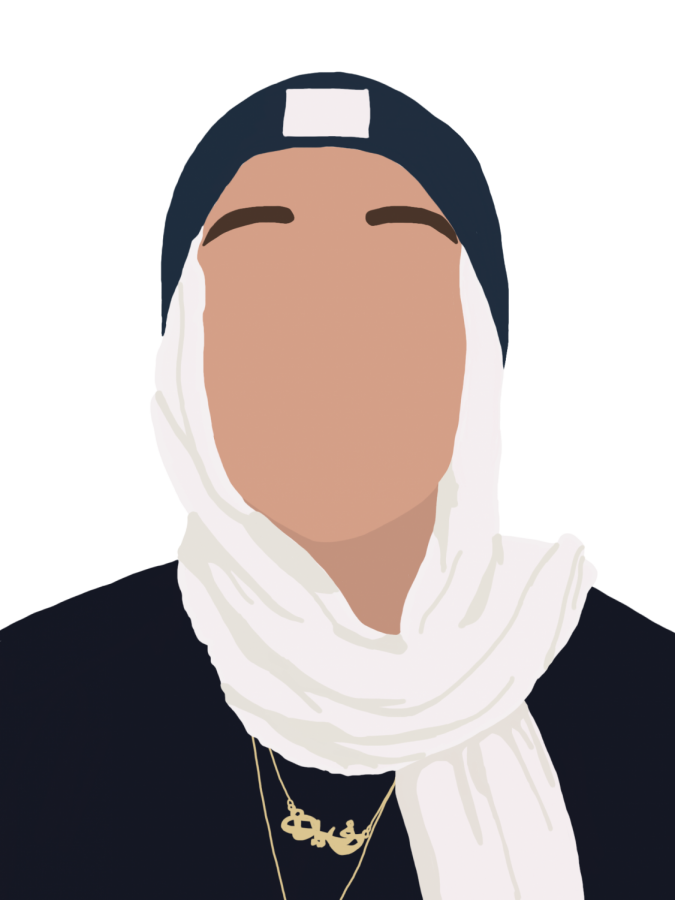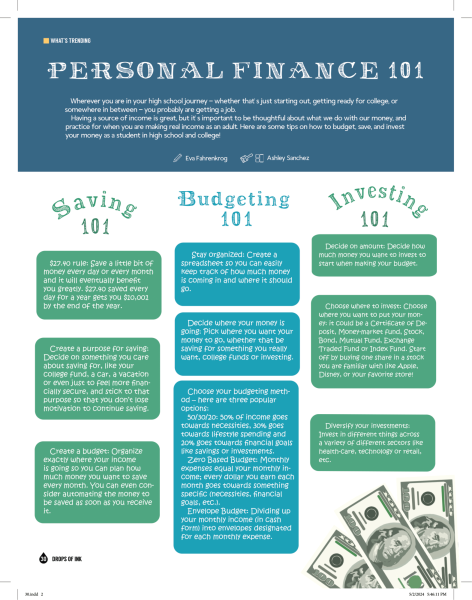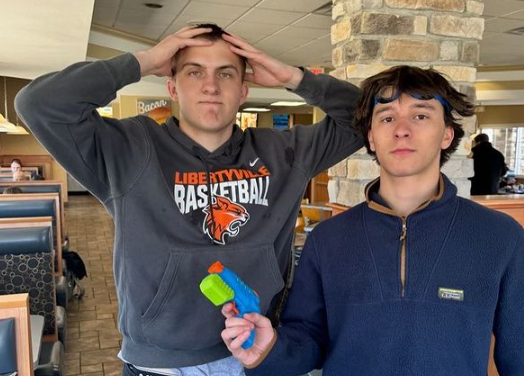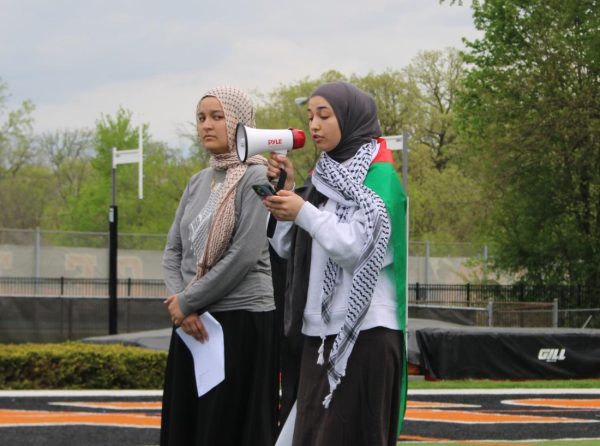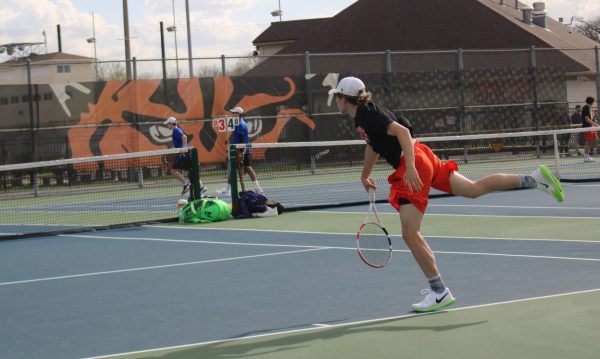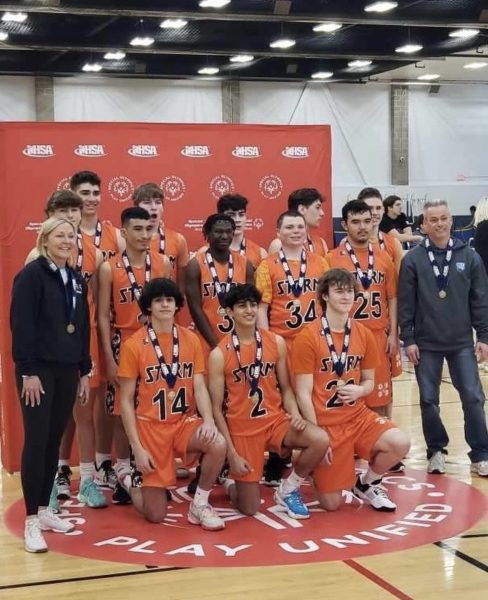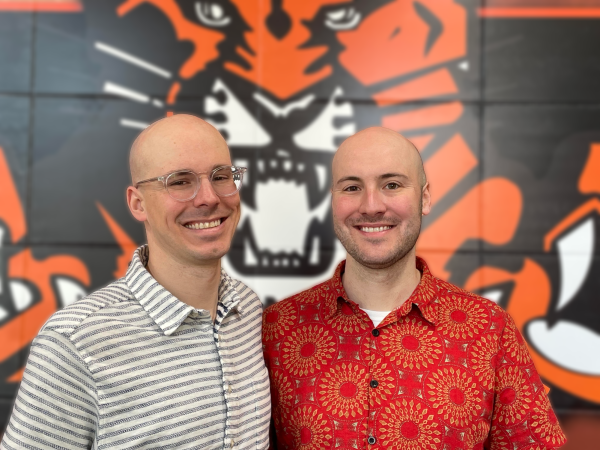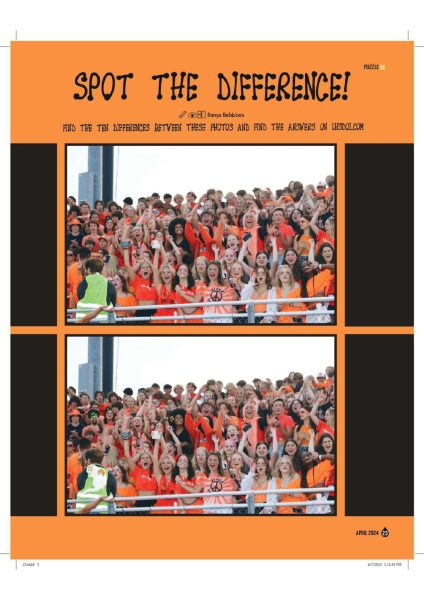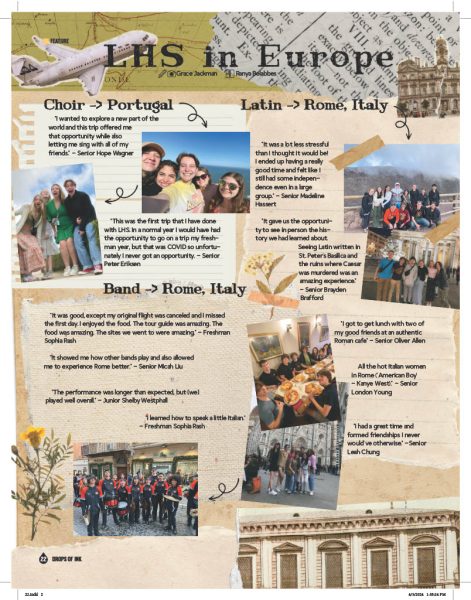The Beauty of the Hijab
“It is eye opening when we all share our minds, values, and experiences with each other,” Abdelrahman conveyed. “That’s what LHS is really all about. Sharing everything we have to offer and what we bring to the table. It makes us ten times stronger as a community. I bring my experiences and values as a hijabi to the table- and everyone else has something they can bring to the table.”
Walking through the halls, you may have seen girls wearing a headscarf – a hijab – every day. It is commonly known that these scarves are an indicator of the Islamic faith. However, beyond that, in a school that is largely Christian and white, the hijab and its meaning may be unfamiliar to much of the school population.
In reality, the scarves themselves are a basic symbol of the larger Islamic concept of Hijab, which in general terms, is a concept of modesty. In following Hijab, both Muslim men and women dress a certain way as to protect against unwanted attention.
When it comes to Muslim women, Hijab is expressed in not only the covering of the head, but also typically covering the body when dressing, without tight clothing. It can mean only showing the hands and feet and face- hence wearing long sleeves, pants, and the commonly worn headscarf, such as the hijab, which covers the head and shoulders. In South West Asia and North Africa, it is common to see women wearing Abayas, which are cloaks that cover the entire body.
Although there is debate about the correct way to wear the hijab, and how much one is supposed to cover, the main idea of covering the head is common ground among hijabis (women who wear hijabs).
There is a common misconception that the hijab is a form of oppression imposed on Middle Eastern women. For the vast majority of Muslim women, this is simply untrue.
“Nobody can force you to wear [the hijab],” sophomore Mai Asad said. “It’s not allowed. It’s not tolerated for anybody to force anybody to wear anything. It’s your choice. And no matter what, it’s between you and God.”
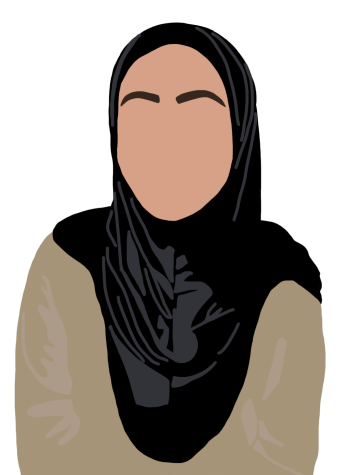
Deciding To Wear the Hijab
The decision to wear a hijab – and when – is a powerful one. Some women choose to wear the hijab as a younger woman, and some choose to wear one later in their life. Asad, who chose to start wearing the hijab last year right before hybrid learning started, was able to explore what it meant to her from a young age through her family and community.
“I always wanted to wear it growing up,” Asad said. “I always used to see my mom and my other family members wearing it. I saw it as something so beautiful, and elegant, and as something that makes somebody seem more wise.”
In the end, the choice was hers to make, and Asad made sure that her decision was rooted in her own feelings and what the hijab meant to her.
Junior Mariam Sheikh decided to start wearing the hijab in sixth grade, along with one of her close friends. Sheikh came to this choice by herself.
“I did it by myself,” Sheikh said. “I wasn’t pressured by anyone or my mom. My dad never said anything. I was excited. I was ready to become more religious.”
Similarly, through middle school, senior Salma Taha “really, really, really” wanted to wear the hijab. However, she was uncomfortable just showing up one day in one, so Taha chose to wear it once high school started. Her mother’s experiences also impacted her decision.
“I remember the day right after my middle school graduation, I put it on right away,” Taha said. “Seeing my mom going out every single day with a hijab was a really big reason. I didn’t see her getting treated any differently as other people in this community. So I felt safe wearing it.”
Religious Significance
Along with being a symbol of modesty and protection, the hijab represents and holds further religious meaning for each woman who decides to wear it. It can hold significance in varying ways for different women, and for Taha, wearing a hijab comes with remembrance.
“For me it represents a line of women a really long time ago who sacrificed their lives for Islam,” Taha said. “So anytime I wear a hijab, I remember the stories of all these women.”
For senior Mariam Ahmed, a president of the Muslim Student Association (MSA) at LHS, the hijab is not only “for modesty, and to protect from any unwanted attention,” but also “a symbol that brings God closer.”
Because the hijab overtly indicates that she is a Muslim woman, senior Rofaida Abdelrahman, feels she represents the values that she follows in Islam.
“The beautiful thing about it is that I’m representing a religion,” Abdelrahman articulated. “So when I do something, I am seen as a Muslim woman that did something… After I talk to others, I hope they’ll remember me as the hijabi who was kind, well-spoken and outgoing.”
An Empowering Personal Choice
Starting to wear a hijab can be transformative and in many cases, extremely empowering. As at places like LHS, where there is a less prevalent hijabi population, wearing the hijab can feel especially empowering. For sophomore Daania Adeel, wearing it for the first time increased her confidence.
“It’s a power move,” Adeel said. “You put it on and you feel so confident. You wouldn’t think that you would feel confident, but the first time I had it on I was like, ‘Wow, I feel so good right now… this is new. And I like it’.”
Ahmed experienced a similar boost in self-assurance when she put on the hijab. Wearing the hijab made Ahmed take full pride in and value her identity as a Muslim.
“The hijab actually has made me more confident as a person,” Ahmed expressed. “Back [before I wore a hijab] I was totally different. I was confined in my own shell and was embarrassed of my identity. However, wearing the hijab has liberated me in a sense, and it helped me see my internal worth.””
Abdelrahman emphasized that wearing a hijab is empowering because instead of needing her body and certain features to accomplish certain things, she can be “an athlete, without having to wear more revealing clothes” or a “very well-spoken public speaker”.
“In a place where it’s not as common, it’s less of a disadvantage and more of something that empowers me,” Abdelrahman said.
Varied Styles and Unique Self Expression
There is no one correct way to wear the hijab. As well as the various materials of scarves and head coverings themselves, there are different styles of wearing those hijabs. Sheikh prefers to wear a simple black scarf. Abdhelrahman often wears a scarf and a beanie.
Junior Fatima Elmenshawy finds joy in sometimes choosing her hijab colors based on her mood, and expressing herself through different outfits.
“You can choose whichever way [to wear the hijab] you want,” Elmenshawy said. “Whatever makes you feel confident or comfortable. For me, it took me a while to figure out how I wanted to wear it. You just experiment with them and see what you like.”
For Adeel, who has explored different fabrics and styles also, openly expressing the fact that she is Muslim through her hijab has an impact on her identity.
“I’m showing that I’m Muslim,” Adeel said. “I’m showing that my religion is Islam, and that opens a whole new door for me. It’s a good feeling.”
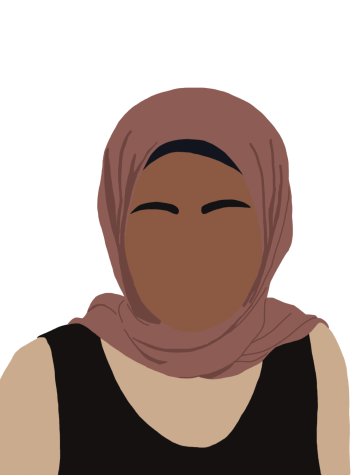
“People get hesitant,” Elmenshawy said. “They say, ‘Oh, can I compliment you? Can I ask about it?’ and they think I’m closed off. But really, wearing the hijab doesn’t mean I’m unapproachable.”
As difficult as it might be to fully understand other perspectives, the first step is to ask. In the case of hijabs, Abdelrahman is a strong proponent of having open dialogues with those who know less about her beliefs. This value for communication that she emphasizes stretches further than just herself.
“It is eye opening when we all share our minds, values, and experiences with each other,” Abdelrahman conveyed. “That’s what LHS is really all about. Sharing everything we have to offer and what we bring to the table. It makes us ten times stronger as a community. I bring my experiences and values as a hijabi to the table- and everyone else has something they can bring to the table.”



